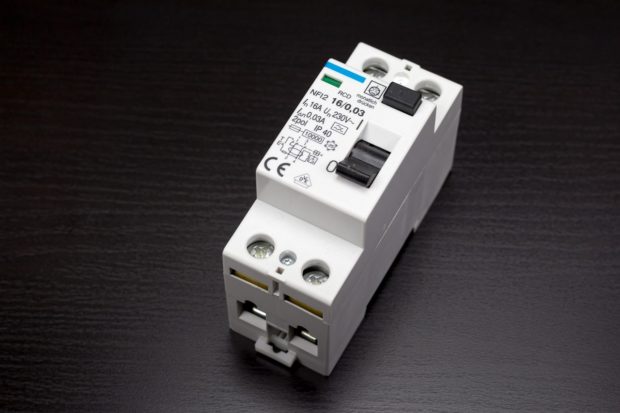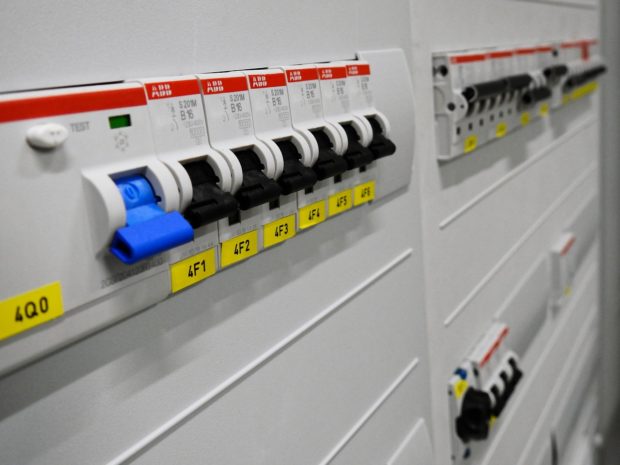Your home’s electrical system is an integral part of your house, and if it’s not working properly, it can affect you and your family’s safety. If you suspect you need to repair or replace parts of the house, take a look at your circuit breaker. The breaker is in charge of pushing electricity all throughout your house. The best way to ensure the circuit breaker is functioning as intended is through monthly checks and yearly inspections. First, locate and flip the main circuit breaker that controls the home’s power, and turn off all other breakers for monthly checks. Let’s go over the details you need to know about the parts of the circuit breaker and how to check them.
Check the Breaker
The first step to properly maintaining your electrical circuits is to know what you’re looking at. Circuit breakers are easy to spot. They look like mini-generator switches, with two handles that you can turn clockwise or counterclockwise. You can compare the switches to four-way stop signs, where the bottom handle is the side that runs off one sign and meets back up with itself at the top. The switch should be marked “off” when it’s in the down position. Look at the current rating of the switch and be sure it’s within manufacturer specifications. Also, look for other warnings or symbols on the switch itself.

Check the Boxes
The second step involves checking each of the boxes and looking at them thoroughly. First, inspect for proper installation and clearance from nearby components. You may even need to make adjustments to the screws or bolts holding it in place. Next, check for worn or broken contacts. This is important because if the contact isn’t intact, you could have circuits not working properly.

Inspect the Ground
Look for an electrical grounding plate, which can be seen near the center of the breaker and also near the center of the switch itself. If there is no plate, there’s a good chance the breaker itself has no ground wire attached to it. Electrical grounding is important to prevent dangerous live wires from contacting circuits where they shouldn’t be. If the breaker lacks a plate, verify that all wiring and cables are connected and grounded. If it still doesn’t have a grounding plate and the cables and wiring aren’t properly grounded, you’ll need to install one. You can also call your local electrician or a licensed electrician to help if you’re unsure of how to ground the wires properly.
Replace Switches
If the circuit breaker needs replaced, contact your local electrician for help. The replacement cost will depend on the size of the switch and how many panels need to be replaced. For more severe malfunctions, call your local electrician to schedule an appointment for repairs.
Inspect the Cables
Lastly, inspect both the input and output cables. You’ll be looking for signs of burning or melting on the wire insulation. If you find this, check for loose connections between the breaker, switch, and boxes.
In conclusion, after you’ve gone over the inspection and maintenance process, check for any other issues in the breaker. For example, you should check broken or missing handles to ensure they’re not causing problems elsewhere in the house. The breaker is responsible for pushing electricity, so giving it the right maintenance and taking the steps to ensure it is working properly is crucial for your home’s power.
